Linda Jane Keegan reviews a stack of books themed around learning numbers, colours, days of the week and Pacific languages. A delightful and colourful collection for anyone with little (and not-so-little!) ones in their lives.
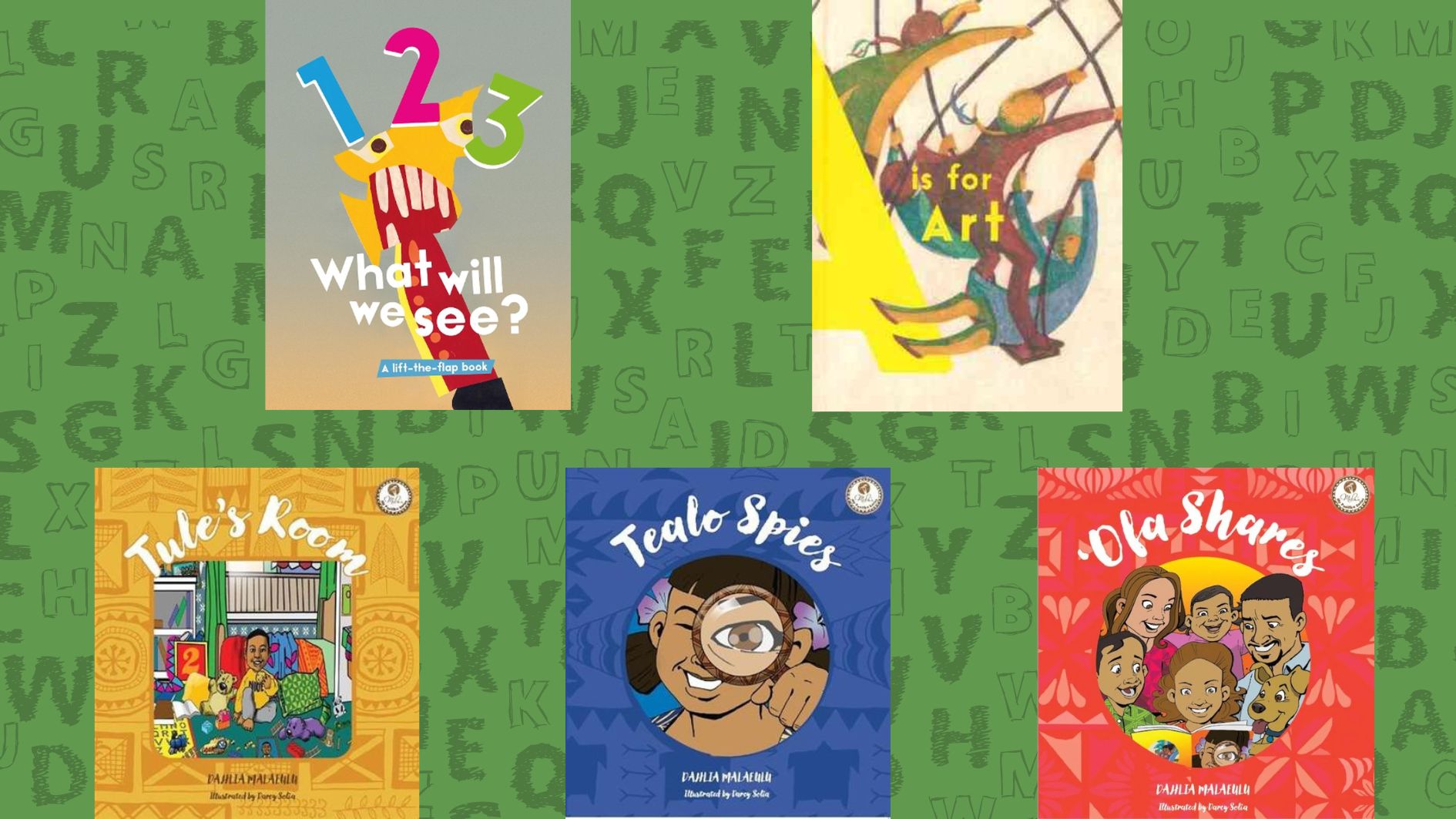
My Pasifika Language Series (Mila’s Books)
Mila’s Books is a champion in creating Samoan and other Pacific language children’s books. My Pasifika Language Series follows on from the success of My Gagana Series which is a set of bilingual Samoan and English picture books that teach colours, numbers, and days of the week. Now these books are available in Niuean, Tokelauan, and Tongan.
Each of these titles has an English version in one direction, and when flipped to the reverse cover, the Niuean or Tokelauan or Tongan language version in the other. The nice thing about the English version is that it still uses the target vocabulary in the language it is alongside. For example, in Tule’s Room / Ko e pokomohe ha Tule, Tule “put taha pillow on his bed.” where the bold text refers to the number in question (i.e. he put one pillow on his bed).
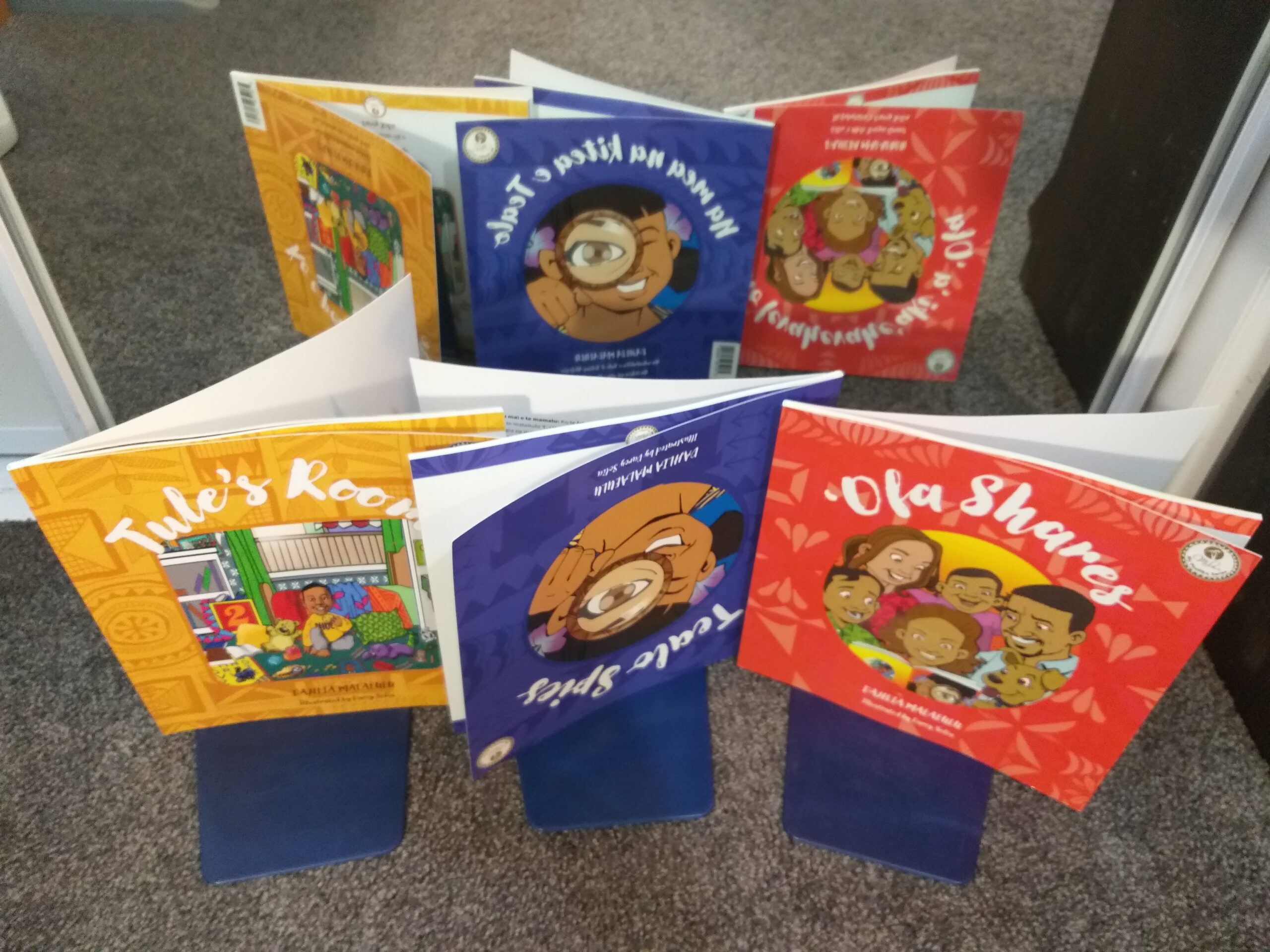
In Tule’s Room (bilingual Niuean and English), Tule is cleaning up his messy room and each spread goes through him tidying up one, two, three and up to ten of various items from the floor and to where they belong. It concludes with a tidy room and a universally appreciated implication that tomorrow will probably be another day that needs tidying. The numbers are in bold in each sentence, and most pages also feature the numeral for the number incorporated into the illustrations.
The middle of the book serves as the ‘back’ of each of the stories (the Niuean version being a translation of the English, in case that wasn’t obvious!). The numbers are listed in Niuean, English and numerals, as well as a pronunciation guide for vowels and consonants in Niuean. There is also a catalogue of other books in the series as well as other publications from Mila’s Books, and that’s where you’ll, unusually, find the publishing details, but this makes sense in a double-sided book.
The same treatment applies to ‘Ofa Shares / Ko e loto fevahevahe’aki ‘a ‘Ofa (bilingual Tongan and English), except this time it’s days of the week. ‘Ofa shares something different with someone each day of the week and on Sunday everyone shares something with her. Like other books of its ilk, it uses a simple narrative to encourage learning and reinforcing vocabulary in Tongan. Again it is followed by listing the language, and a pronunciation guide.
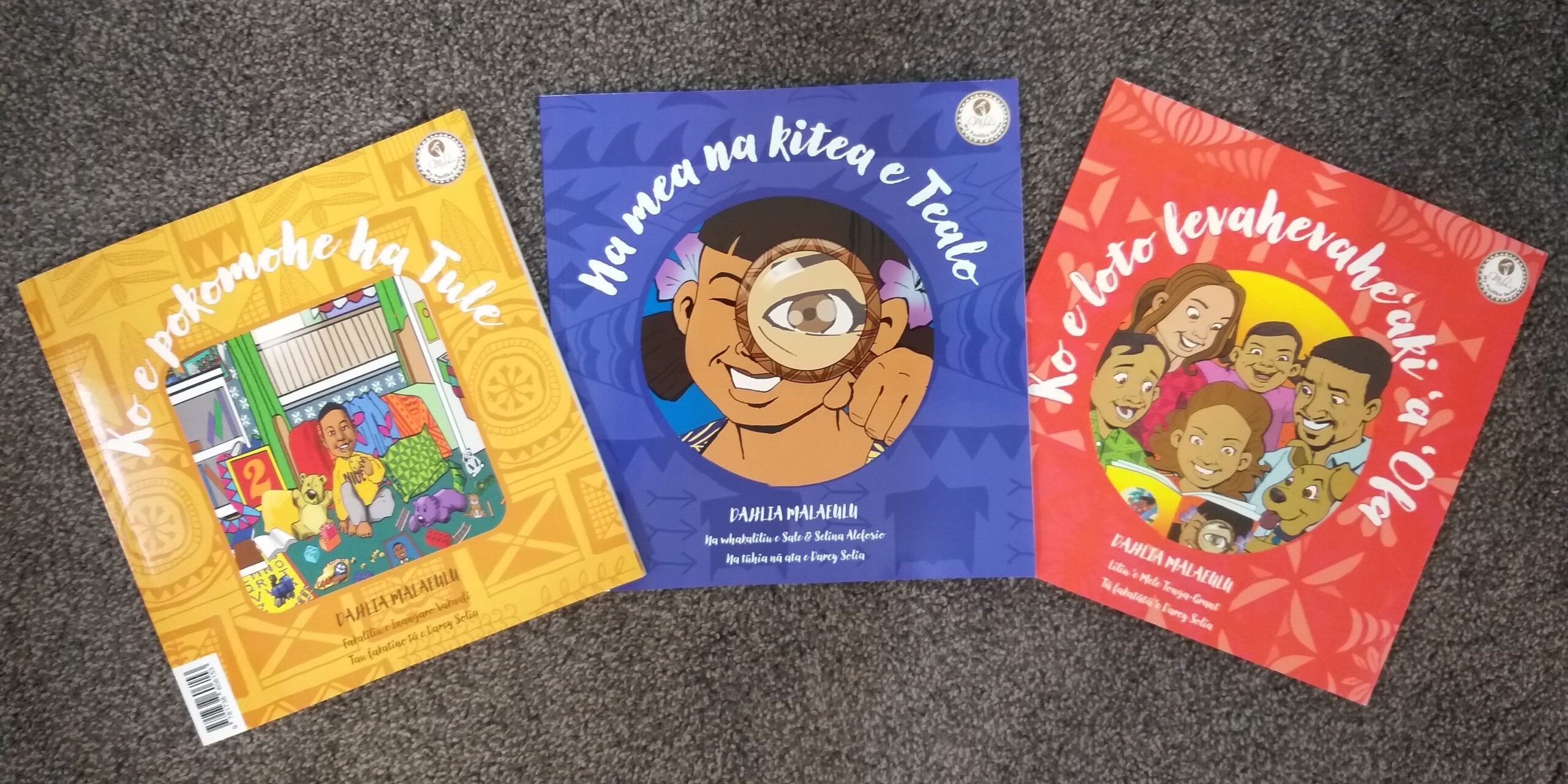
Tealo Spies / Na mea na kitea e Tealo (bilingual Tokelauan and English) has a slightly different approach. A note on the inside cover at both ends explains that the Fono Fakamua (Tokelau Parliament) decided to use ‘f’ in written texts, and that there are others in Tokelau who use and advocate for using ‘wh’. As such, Mila’s Books made the choice to include both uses. So in one direction, the text is in English and Tokelauan with the ‘f’ spellings, and in the other direction the text is in English and Tokelauan with the ‘wh’ spellings. I think this is such a wonderful way of acknowledging different uses of the language and making the text accessible to either approach. Tealo Spies uses the game of I Spy as a vehicle for Tealo to share all the different colours. It closes with asking the reading what they can see around them—a great opportunity to use the vocabulary they have just read in the book. Pleasingly, each time a colour is written within the story and in the central glossary, it is printed in that colour. A simple and effective touch.
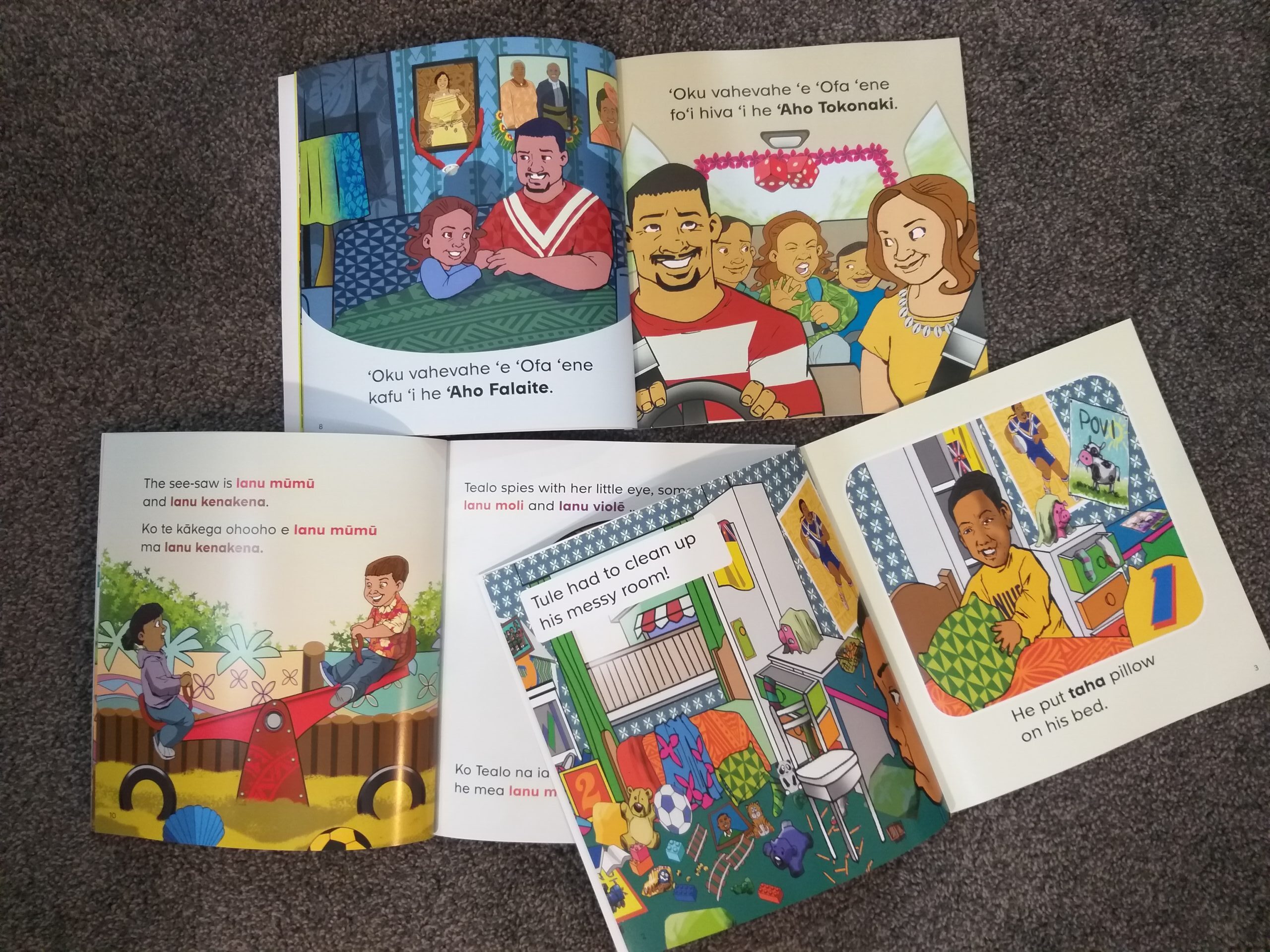
The illustrations in this series are bright and colourful, and certainly appealing in that sense. Personally, the style is not to my tastes; the variation between hand drawn elements, the flat vector-like digital shapes and inconsistent approach to outlines, to me, gives an amateurish impression. However, I do love all the Pacific patterns appearing throughout the books on clothing, curtains, furniture, walls, and the borders of the central pages. The illustrations are really busy, which provides lots of opportunity for interacting with young readers above what it is in the text. And I would overlook my feelings on the artwork in favour of the value of having such valuable language resources at home or in the classroom.
And I’m not just talking about the living rooms and classroom storytime of Pasifika children; books like these should be in the hands of Pākehā or other non-Pacific readers as well. Why shouldn’t all our children have, at the very least, an understanding of the pronunciation of the languages of our Pacific neighbours—not just neighbours across the ocean but in our schools and communities. And why stop at children? I think plenty of adults—myself included—have a lot to learn from the pages of these books.
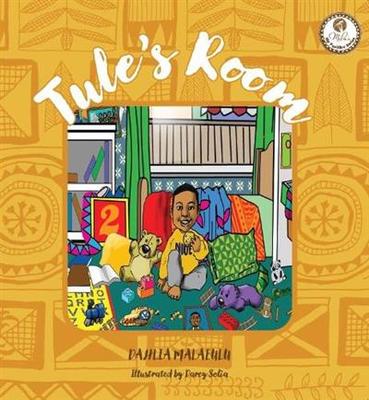
Tule’s Room | Ko e pokomohe ha Tule
Written by Dahlia Malaeulu
Illustrated by Darcy Solia
Translated by Inangaro Vakaafi
Published by Mila’s Books
RRP: $25.00
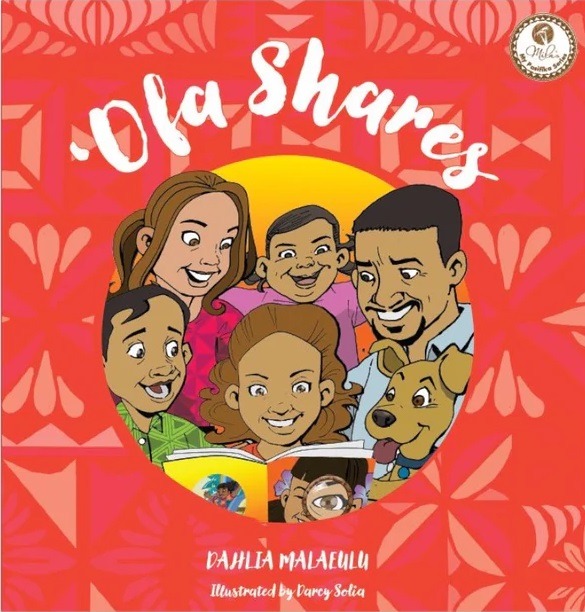
‘Ofa Shares | Ko e loto fevahevahe’aki ‘a ‘Ofa
Written by Dahlia Malaeulu
Illustrated by Darcy Solia
Translated by Liliu ‘e Mele Tonga-Grant
Published by Mila’s Books
RRP: $25.00
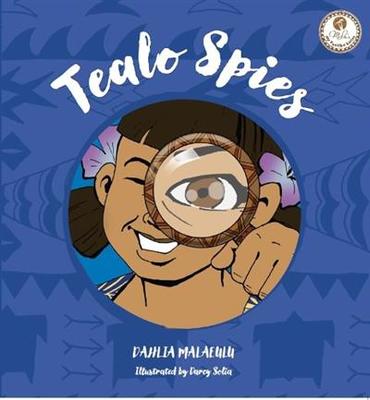
Tealo Spies | Na mea na kitea e Tealo
Written by Dahlia Malaeulu
Illustrated by Darcy Solia
Translated by Sale & Selina Alefosio
Published by Mila’s Books
RRP: $25.00
1 2 3 What Will We See? and A is for Art, by Sarah Pepperle (Christchurch Art Gallery Te Puna o Waiwhetū)
These beautifully produced hardback board books are such a lovely way for adults to enjoy simple texts with the babies and toddlers in their lives. In the same vein as the My New Zealand 123 / ABC / Colours Books from Te Papa Press, these gems use items from the Christchurch Art Gallery Te Puna o Waiwhetū to illustrate the accompanying text. The result is not only a durable learning tool for children, but pleasing as objects in themselves.
A is for Art, as you would expect, goes through the alphabet naming either specific objects in the images, or a broader category with examples. Some are delightfully clever, such as ‘Dd is for deer friends’, show with Rita Angus’s A Goddess of Mercy, which features a women with a deer on either side of her. Is this pun well over the heads of the young listeners? Yes. Is it still nice for adults, and in fact, older children to appreciate? Also yes.
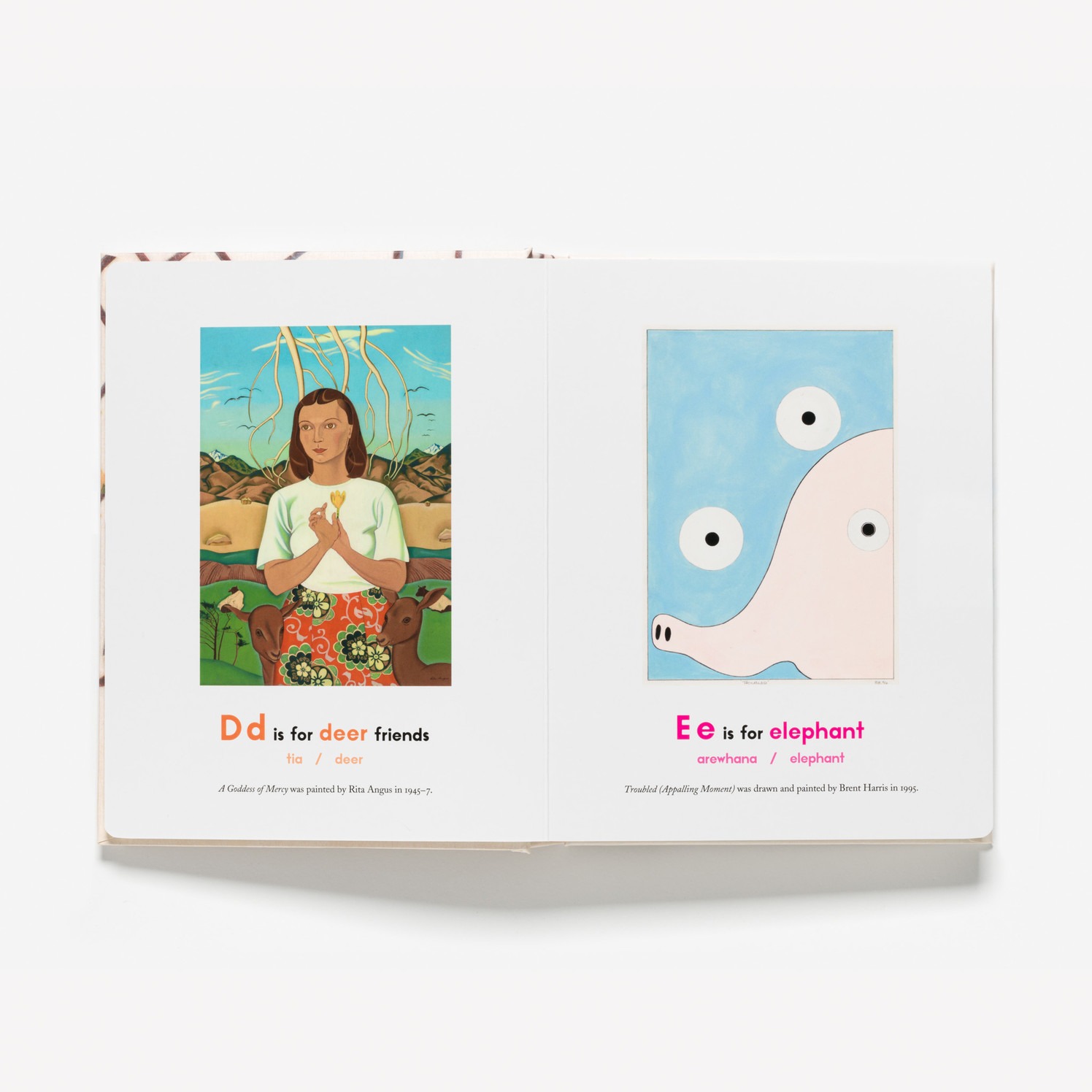
Each word that the letters are for are coloured to match the letters, and appear in both te reo Māori and English underneath in a lighter shade of the first colour. I also really like how the names of the artworks are included on the bottom of each page, rather than relegated to the back of the book (although they are also listed again in the back with thumbnails and a more detailed caption). I think that can give the reading adults a prompt of something else to talk about while the child can take in the pictures and words, in the way that we know that the more we talk to young children—even when they don’t yet understand—is part of them learning language and, later, increasing their vocabulary.
There are also some opportunities for a but of fun, such as ‘Qq is for quack’ on a page with no picture, followed by ‘But where are the ducks? Quick, turn the page…’. And then the payoff of ducks on the next page. Readers can also meow like a cat and toot toot like a train. Everything you could ever want in a board book!
Actually, maybe I take it back. 1 2 3 What Will We See? has everything you could ever want in a board book AND is has lift-the-flaps! The pages are not as thick as a standard board book but sturdy enough nonetheless to withstand the strength of an uncoordinated toddler.
This time we count as we go, with plenty of repetition to reinforce the numbers but not so much that it’s annoying to read. The phrases are simple and a joy in rhyme, and in a couple of places the format is interrupted with something a little different. At the end the reader is invited to count all the numbers again. And as in the back of A is for Art, there are thumbnails of all the artworks with captions as well as more detail about the artworks. For instance, Gottfriend Lindauer’s King Tāwhiao Tūkāroto Matutaera Pōtatau Te Wherwhero (Ngāti Mahuta, Tainui) is one of the artworks featured (‘5 huia feathers in King Tāwhiao’s hair’) and the notes in the back of the book give an explanation of who King Tāwhiao is and some of the context on the painting. This is a level of detail that is perhaps missing from the earlier published A is for Art.
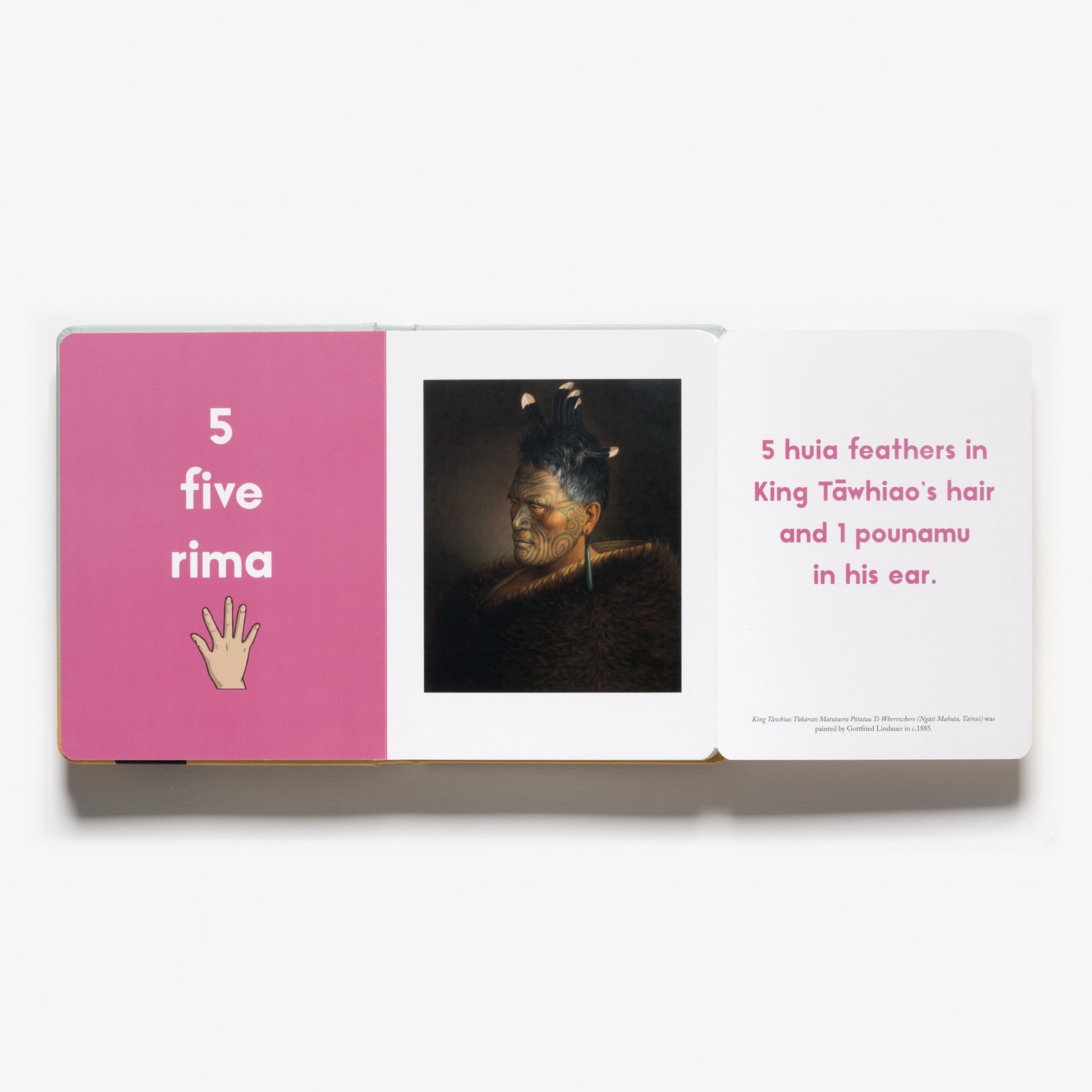
For each number in 1 2 3 What Will We See? the number appears as a numeral, in English, te reo, and an image showing the New Zealand Sign Language sign for the number. It’s lovely to see all three of Aotearoa’s official languages shown in the book. And for most toddlers, the physical action of signing is more easily achievable than sounding out words, again, even if they don’t yet understand the meaning.
These are both well designed and gorgeous books. The price point (about $30) is perhaps higher than other board books but are such an excellent choice for gifts for littlies both in New Zealand and overseas. One could argue that such books are a self-indulgent exercise in a museum’s collection, but even if that were so, it’s not mutually exclusive to the books being impressive and desirable. The high quality of both the content and construction means they can be passed on between siblings, cousins, and other family and friends.
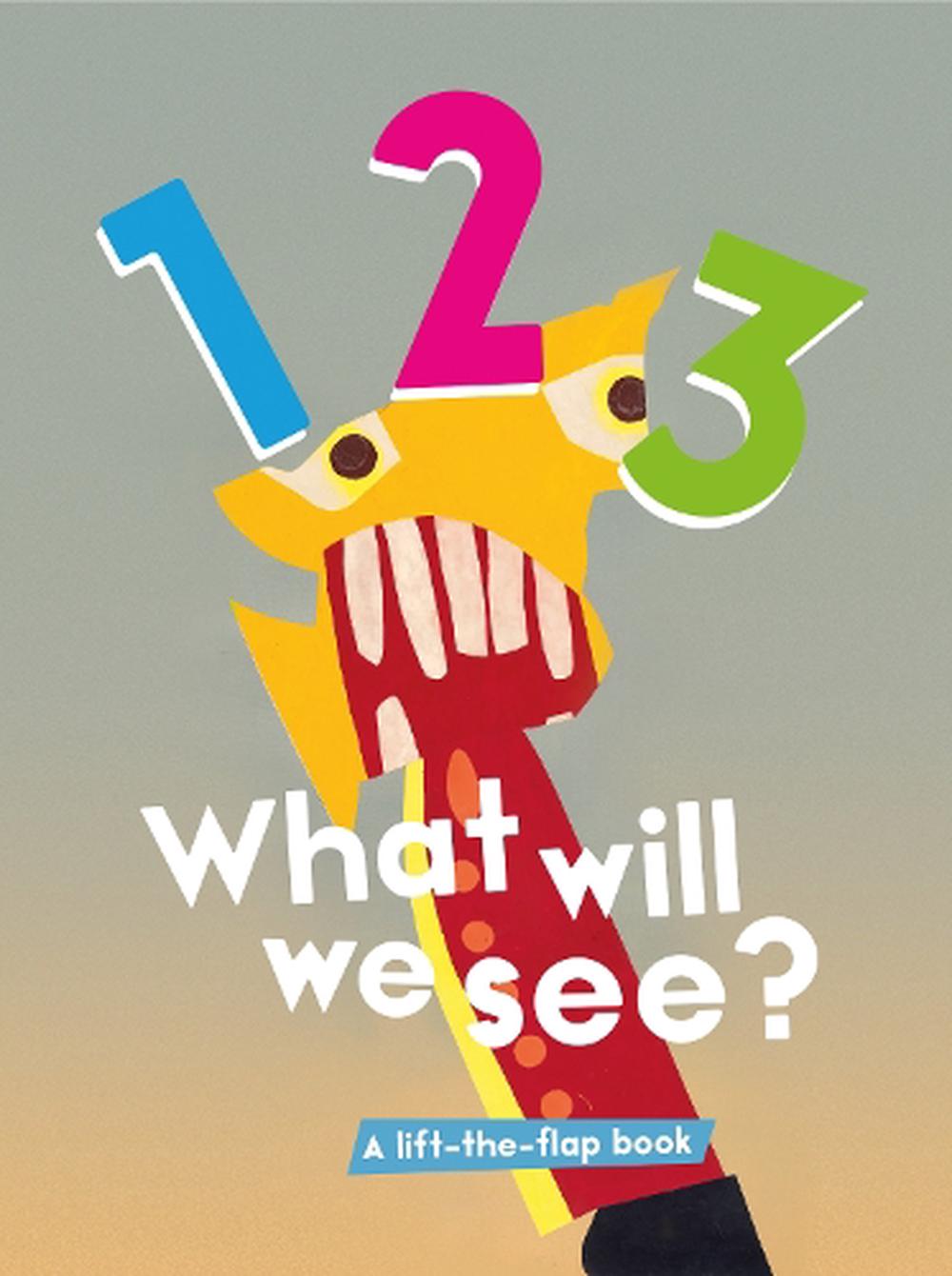
1 2 3 What Will We See?
By Sarah Pepperle
Published by Christchurch Art Gallery Te Puna o Waiwhetū
RRP: $29.00
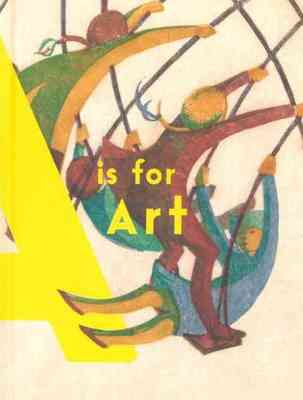
A is for Art
By Sarah Pepperle
Published by Christchurch Art Gallery Te Puna o Waiwhetū
RRP: $29.90

Linda Jane is a writer of picture books, poetry, essays and science. Her background is varied, including work in ecology, environmental education, summer camps, and a community newspaper. She is Singaporean-Pākehā, queer, and loves leaping into cold bodies of water. She was previously lead editor for The Sapling.



